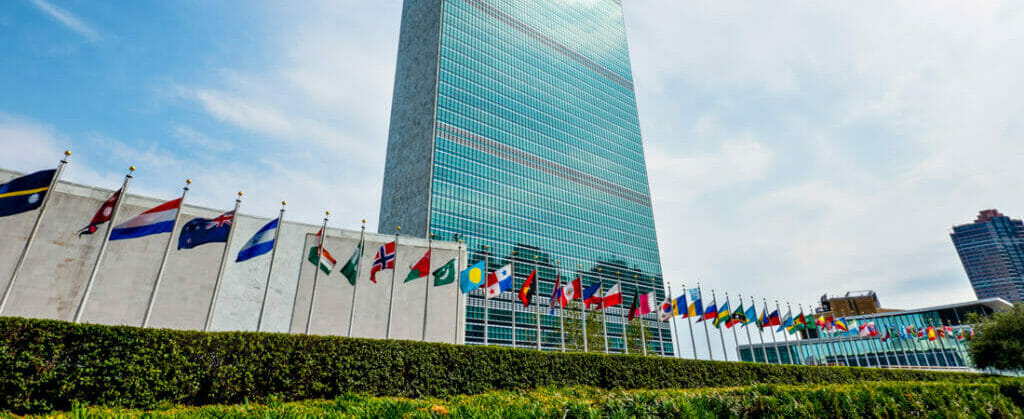Chemical Weapons have been used in modern warfare since World War I inflicting excruciating pain – indiscriminately on both combatants and civilians as evidenced by the million casualties globally, and leaving behind causing generational environmental damage that persists for generations. Such weapons basically included well-known commercial chemicals put into standard munitions such as Chlorine, phosgene and mustard gas. Following the horrendous mass-scale devastation of the 20 th century, the international community finally demonstrated strong resolve in adopting the chemical weapon convention in 1993, with its Article VIII ultimately allowing the establishment of the Organization of Prohibition of Chemical Weapons (OPCW) in 1997 – thus completing the materialization of a robust and comprehensive regime that prohibits the development, production, stockpiling, transfer and use of chemical weapons.
The Convention has come a long way: all declared chemical weapons stockpiles have been irreversibly destroyed, with all 193 member-states of the UN having ratified the legally binding text. However, despite all these milestones, the threat still looms with incidents happening as recently as in the last decade – an assassination attempt with military grade nerve agent “Novichok” in August 2020; an attempted assassination of Sergei and Yulia Skripal in UK in 2018, which resulted in death of one British citizen; assassination of Kim Jeung-Nam in Malaysia in 2017; Douma (Syria) in 2018, and Ltamenah (Syria) in March 2017 – potentially signaling a threat to international peace and security norms. Both non-state actors and terrorists, and even state actors have attempted to produce, acquire, and employ these weapons in serious
contravention of international humanitarian law and disarmament law – emphasizing therefore on the persistent possibility of re-emergence and thus the need for prioritizing the agenda by OPCW and its member-states.
While the declared stockpiles have been confirmed to be destroyed, the core task of the foregoing agenda goes beyond just that – it demands a more multi-faceted, systemic and proactive policy response to prevent a re-surge coming out of any party whatsoever. First, the verification regimes need to be maintained and enhanced to impel compliance and transparency. Second, states need to be supported through capacity building to bolster the law and its enforcement mechanisms against chemical-related crimes. Third, new age scientific innovations may be potentially exploited with malicious intent, therefore requiring stringent scientific control. Fourth, there needs to be awareness about the need for non-proliferation, and outreach and education activities could be explored in that regard. And finally, victims need to be safeguarded and best practices shared to reinforce the taboo associated with the weapons and highlight global solidarity respectively.
Thus, prevention of re-emergence of chemical weapons necessitates sustained political will, effective resourcing of OPCW, and close collaboration among member states. As the international security landscape evolves, so should our collective willingness and capacity to counter such emerging threats. The world needs to be unanimous in its determination that chemical weapons will never again resurface – either in war or in terrorism. The vision needs to be of a chemical weapons-free world – yesterday, today and forever – that saves succeeding generations from the scourge of this unimaginable human tragedy.


